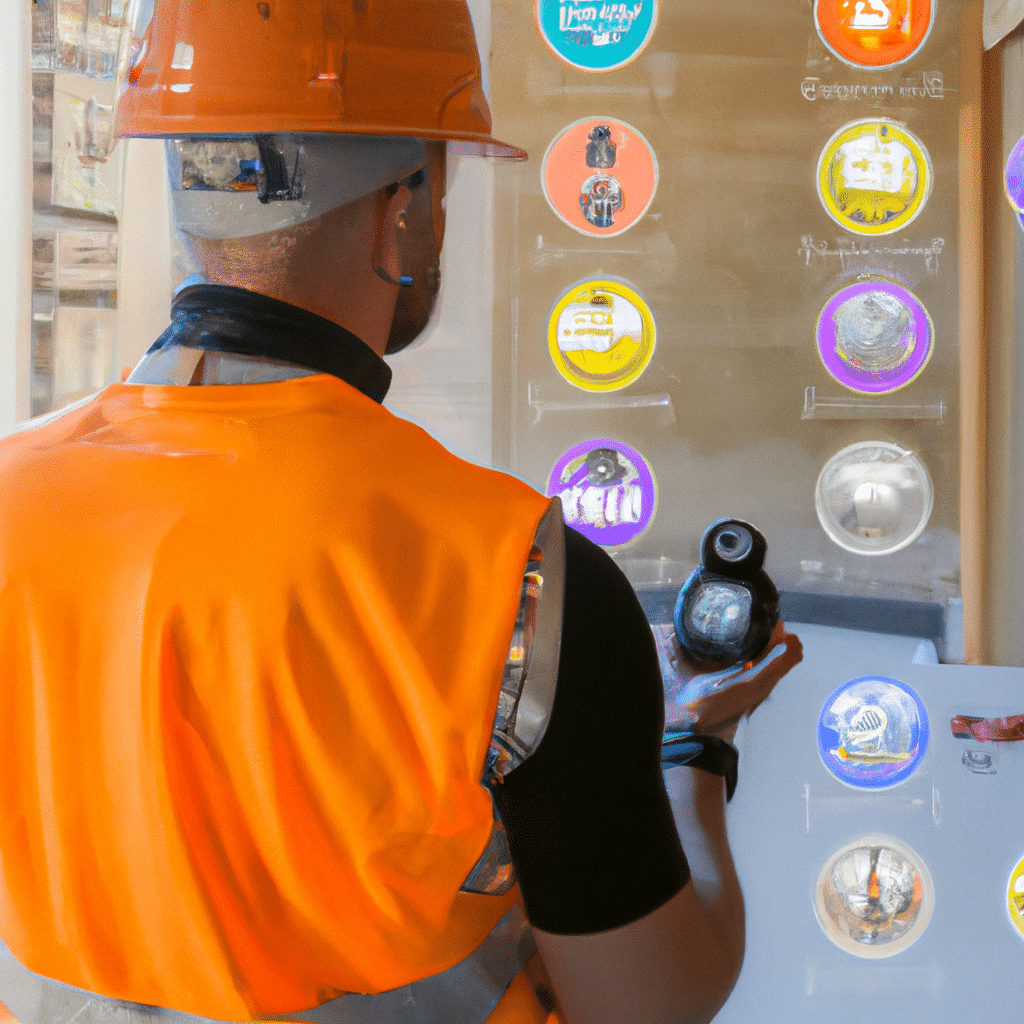The Role of IoT in Improving Workplace Safety
In recent years, the Internet of Things (IoT) has been rapidly transforming the way businesses operate. One of the key areas where IoT has shown significant promise is in the realm of workplace safety. By leveraging the power of IoT, businesses can create safer working environments for their employees, reduce the risk of accidents, and improve overall safety outcomes. In this article, we’ll explore the role of IoT in improving workplace safety, and how businesses can leverage this technology to create safer working environments.

What is IoT?
Before we dive into the role of IoT in workplace safety, let’s quickly define what IoT is. IoT refers to the network of physical devices, vehicles, and other objects that are embedded with sensors, software, and other technologies that enable them to connect and exchange data. These devices can range from simple sensors to complex machinery, and are typically connected to the internet. The data that is collected by these devices can then be analyzed to gain insights and inform decision-making.
How IoT Can Improve Workplace Safety
IoT has the potential to significantly improve workplace safety by providing real-time monitoring of various aspects of the workplace. By collecting data from sensors and other devices, businesses can gain a better understanding of potential safety risks and take proactive steps to mitigate them. Here are some of the ways in which IoT can improve workplace safety:
1. Real-Time Monitoring of Workplace Conditions
IoT devices can be used to monitor various aspects of the workplace in real-time, such as temperature, humidity, air quality, and noise levels. By collecting this data, businesses can identify potential safety risks and take action to address them before they become a problem. For example, if sensors detect high levels of carbon monoxide in a manufacturing plant, workers can be evacuated before they are exposed to dangerous levels of the gas.
2. Predictive Maintenance
IoT can also be used to perform predictive maintenance on equipment and machinery. By collecting data on the performance of machines, businesses can identify potential issues before they lead to breakdowns or accidents. This can help prevent workplace injuries and improve overall safety outcomes.
3. Wearable Technology
Wearable technology, such as smart glasses or smart helmets, can be used to improve workplace safety by providing workers with real-time information about their surroundings. For example, workers in a construction site can use smart helmets to alert them to potential hazards, such as falling objects or unsafe working conditions. This can help prevent accidents and improve overall safety outcomes.
4. Automated Processes
IoT can be used to automate various processes in the workplace, such as material handling or transportation. By automating these processes, businesses can reduce the risk of accidents and injuries caused by human error.
Challenges of Implementing IoT for Workplace Safety
While IoT has the potential to significantly improve workplace safety, there are also some challenges that businesses need to be aware of when implementing this technology. Some of the key challenges include:
1. Cost
Implementing IoT devices can be expensive, especially for small and medium-sized businesses. The cost of sensors, software, and other equipment can quickly add up, making it difficult for some businesses to justify the investment.
2. Data Privacy and Security
IoT devices collect and transmit a large amount of data, which can be sensitive and confidential. Businesses need to ensure that this data is stored and transmitted securely to avoid the risk of data breaches or other security incidents.
3. Integration with Existing Systems
Integrating IoT devices with existing systems can be a complex process, especially if businesses are using legacy systems that are not designed to work with this technology. This can lead to compatibility issues and delays in implementation.
Conclusion
Overall, IoT has the potential to significantly improve workplace safety by providing real-time monitoring of workplace conditions, predictive maintenance, wearable technology, and automated processes. While there are some challenges associated with implementing this technology, businesses that are able to overcome these challenges can create safer working environments for their employees and reduce the risk of accidents and injuries. By embracing the power of IoT, businesses can stay ahead of the curve and create a safer, more productive workplace.












